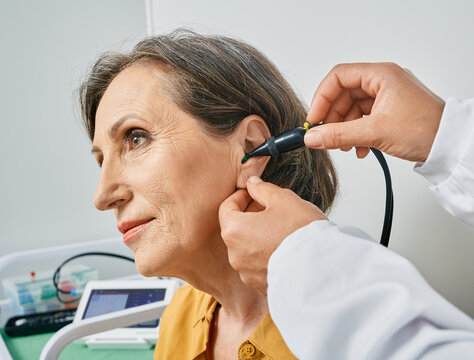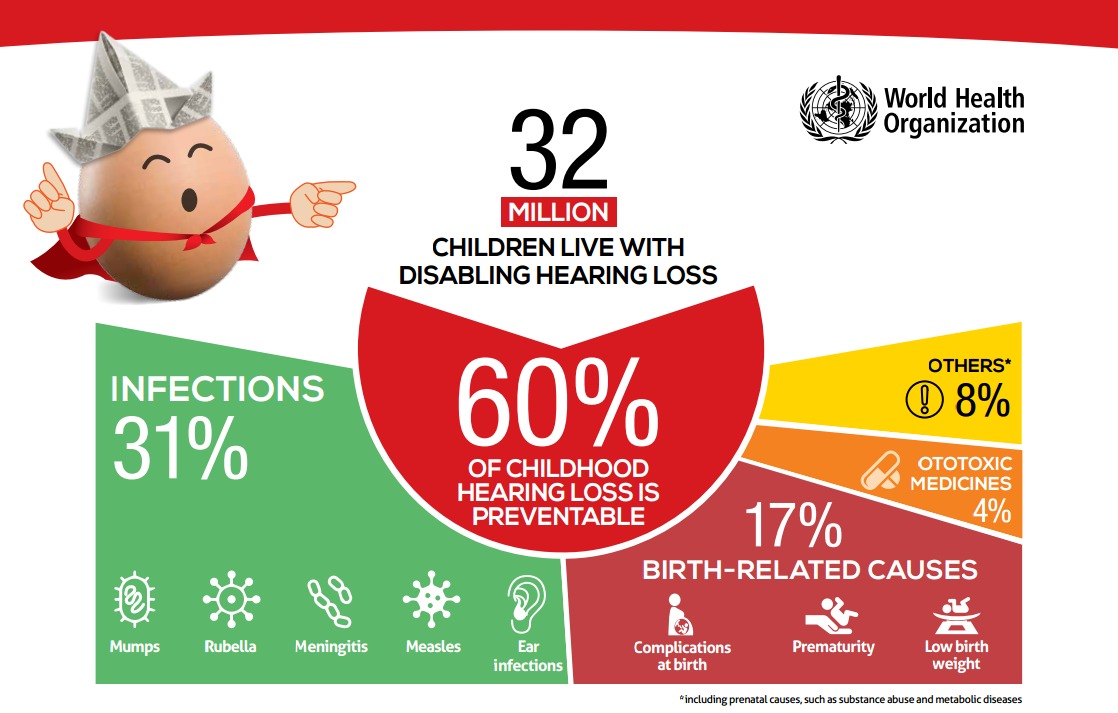HOW HEARING IS TESTED IN CHILDREN
Kids who have hearing loss can have trouble in hearing or understanding some or all sounds. This can happen when there is a problem with:
. One or more parts of the ears
. The nerves that send sound signals from the ears to the brain
. The part of the brain that makes sense of these signals
Auricle Hearing Care is dedicated to provide the best professional service in the field of audiology and speech language pathology. We offer full range of audiological testing (hearing checkups) and management, as well as speech and language intervention for all age groups. Our mission is to provide complete rehabilitation services, such as hearing aids, assistive listening devices, ear protective devices and hearing accessories for people with hearing difficulties. Our professionals will help you in assessing and understanding your hearing problems and make you hear better with the help of advanced technologies. We believe in client satisfaction by providing most innovative technologies at reasonable prices. Please feel free to consult our experts .





